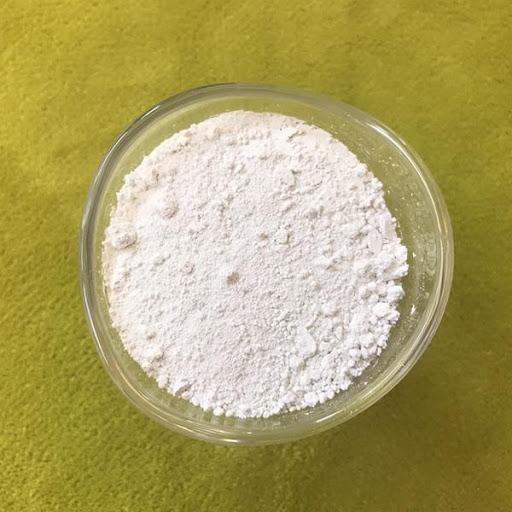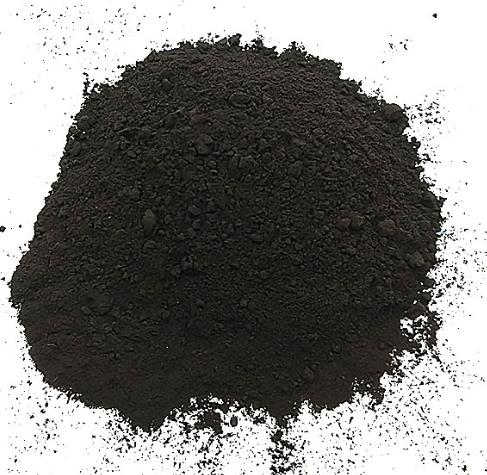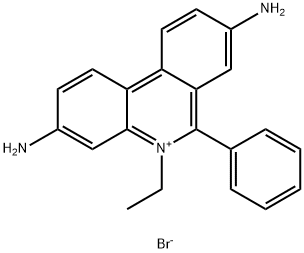Health and Safety of Ethidium bromide
Dec 20,2021
Ethidium bromide (EtBr) is a fluorescent dye most well-known for its role in visualizing DNA in agarose gels. It is excited by UV light and, when intercalated with DNA, emits intense orange fluorescence at around 205 nm in wavelength. Ethidium bromide can also bind to single-stranded DNA and RNA, although with less intensity. EtBr is a known mutagen and requires safety precautions when handling. It is often added directly to melted agarose prior to gel casting and electrophoresis.
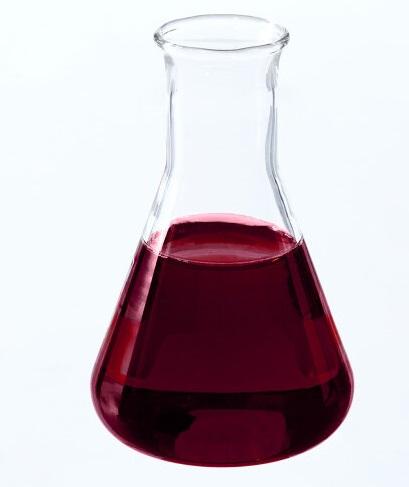
Ethidium bromide is a polyaromatic fluorescent small molecule and nucleic acid intercalator widely used as a stain in DNA and RNA electrophoresis. Upon intercalation into the hydrophobic region between nucleic acid base pairs, fluorescence-quenching water molecules associated to the Ethidium bromide structure are displaced and the bound Ethidium bromide then fluoresces very strongly compared to free Ethidium bromide (~25 fold increase in dsDNA). Intercalation distorts the ribonucleic acid structure and impedes natural DNA interactions, presenting a powerful mutagen effect associated with Ethidium bromide. This imposition on DNA structure also makes Ethidium bromide an inhibitor of DNA polymerase.
Health and Safety
EtBr is a potent mutagen (can cause genetic damage), and moderately toxic after an acute exposure. EtBr can be absorbed through skin, so it is important to avoid any direct contact with the chemical. The powder form is considered an irritant to the upper respiratory tract, eyes, and skin. Even though there is no evidence at this time of human carcinogenicity or teratogenicity, this material should be considered a possible carcinogen or teratogen. Some alternative stains have been found to be less mutagenic and less toxic than EtBr. If the toxicological data is lacking or unclear, the stain should be handled in the same way as EtBr. Some alternative stains are suspended in dimethyl sulfoxide (DMSO), which has health implications of its own, including increased skin absorption of organic compounds.
EtBr is often described as a mutagen, which means that it can cause genetic damage. Further, many organizations, including the University of California Santa Cruz Environmental Health and Safety Department and the University of Wisconsin–Madison Environment, Health and Safety Department, state that it should be treated as a possible carcinogen and reproductive toxin (teratogen).
- Related articles
- Related Qustion
- Ethidium bromide-Hazard and Toxicity Sep 6, 2019
Ethidium bromide (abbreviated EB) is common fluorescent dyes of observing DNA under ultraviolet ray, it belongs intercalating dye because of its polycyclic structure, which enables it to be inserted between nucleotide bases. Since the fluor
Magnesium hydroxide is a white to off-white crystalline powder with a specific gravity of 2.4 and a Mohs hardness of around 3.0. It loses 30.9% of its mass as water vapor on heating above 450°C.....
Dec 20,2021Inorganic saltsCupric oxide is an inorganic chemical compound composed of cuprous ion and oxide ion. Cupric cuprous are the two forms of copper ions.....
Dec 20,2021Inorganic saltsEthidium bromide
1239-45-8You may like
Ethidium bromide manufacturers
- Ethidium bromide
-
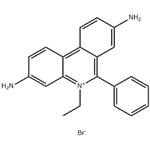
- $8.00 / 1kg
- 2025-09-25
- CAS:1239-45-8
- Min. Order: 1kg
- Purity: 99%
- Supply Ability: g-kg-tons, free sample is available
- Ethidium bromide
-
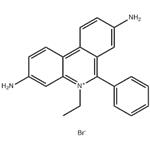
- $0.00 / 1KG
- 2024-08-08
- CAS:1239-45-8
- Min. Order: 1KG
- Purity: 99%
- Supply Ability: 1000Kg
- Ethidium bromide
-
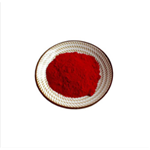
- $583.00 / 100g
- 2023-07-10
- CAS:1239-45-8
- Min. Order: 25g
- Purity: 95%
- Supply Ability: 1000kg




